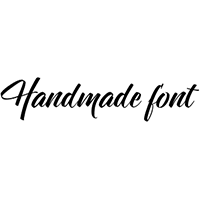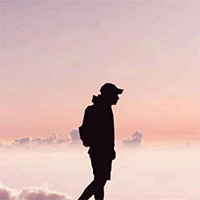Q&A: Creating Spin's amazing Globe & Mail spots
Canadian studio Spin was recently commissioned by Canadian newspaper Globe and Mail to create two compelling cinema spots illustrating the breadth of the paper's content; the studio dug deep into its repertoire to produce spots that combine motion graphics, 3D, typography, stop-motion, photo-mation, illustration and collaged layers.
We caught up with Spin's Lisa Hemeon to talk about the project.
DA: What was the brief for the project?
LH: Spin received an agency board and a script (from Naked Creative Consultancy, Toronto). We were asked to artfully interpret the concept and develop a contemporary aesthetic that would brand the paper and work for both cinema spots. The intention was to show the Globe and Mail as not just an old man's business paper--but how to reach out to its vast audience including women and speak to the diversity of the paper and its readership. News issues and headlines were to be linked in a seamless technique--so that each idea visually connected to the next idea--and to showcase a fresh perspective on issues and news and content.
DA:What were your conceptual ideas behind how to create this?
LH: Spin used various creative ideas and animation techniques as inspiration and merged these to create a new aesthetic, so that mixed-media, multi-media and mass-media converge. So for the first spot, Journey, we tapped the Constructivism movement and posterization, the Rauschemberg style of mixed media, Saul Bass' graphic type (for the stiletto section), the old style of encyclopedias with transparent image overlays, and a heart that incorporated a 3D pumping heart layered with graphics and illustration techniques, so that the system is infused with typography and information graphics.
For the second spot, Vancouver, we were influenced by the Constructivism movement (for the tanks in Afghanistan), Monet (for the poppies), Rauschemberg for the collage, Frank Miller (in the use of the stark black-and-white 'Vancouver' skyline and 'addicts' on the street) and Andy Warhol (in the high-contrast print look of the photographs).
DA: How did you turn this into the final piece?
LH: Both the clients and the agency were very open to pushing the ad's creativity--there was great synergy between all parties. Also at Spin we have a diverse creative team and we were very inspired--at points there was an orchestra of Spin animators fusing together. We weren't micro-managed by the client or agency, which was great as they embraced the process with full confidence.
Within Spin we screened our progress, full-res, on big screens so that we could get a feel for the spots in the cinema. This meant that the spot was specifically designed for the cinema, rather than what typically happens which is that the cinema spot is adapted from a TV brief. It was more about creating a Globe and Mail campaign for Cinema that was visually entertaining--and not about creating a typical preaching TV ad. We felt that to communicate to a cinema audience in a manner that would intrigue, as a film opening would do.
DA: What was the biggest challenge you faced, and how did you overcome this?
LH: There were many challenges. For a start, the timeline was very, very limited, meaning any changes would have been detrimental. It only worked because the client and agency allowed Spin to drive it and they didn't put up any roadblocks.
Another challenge was trying to fit so much content into 30-second spots, and trying to create two spots with very different messages and content, yet use the same creative direction and music. We couldn't shoot journalists live in action--there wasn't the time or the money for that. So we had the Globe and Mail shoot them in various poses with our direction to the photographer. We then stylized the final selected photos to integrate them into the "Vancouver" spot.
We had no music track to animate to--it came later. However, we worked very closely with the composers and agency to ensure we had a plan that worked together with the imagery, stylized approach, animation and the original track. We invested time into thorough pre-pro / development of style frames before animating-so that the agency, client and music composers understood and approved all content and directives from the onset-before any animating.
To create our vision, we also needed to design, build animate and render many 3D elements to augment the motion-graphic environment including 3D animations for: 3D dynamite, 3D heart, 3D flowing ticker tape type, 3D tanks, 3D move through 3D cityscape-with the actual Vancouver skyline (not just a generic city), 3D syringe, 3D poppies, 3D particle animation for glass breaking. Red Bull really helped for all that.
DA: What software did you use to create the piece?
LH: Photoshop, Illustrator and After Effects, as well as stop motion. We used Maya for the 3D models, animation and particle systems. We used Flame for the lighting effects, compositing, integration and VFX embellishments. We also used Corel Painter.
Click here and here to watch the spots.

































 闽公网安备35010202000240号
闽公网安备35010202000240号